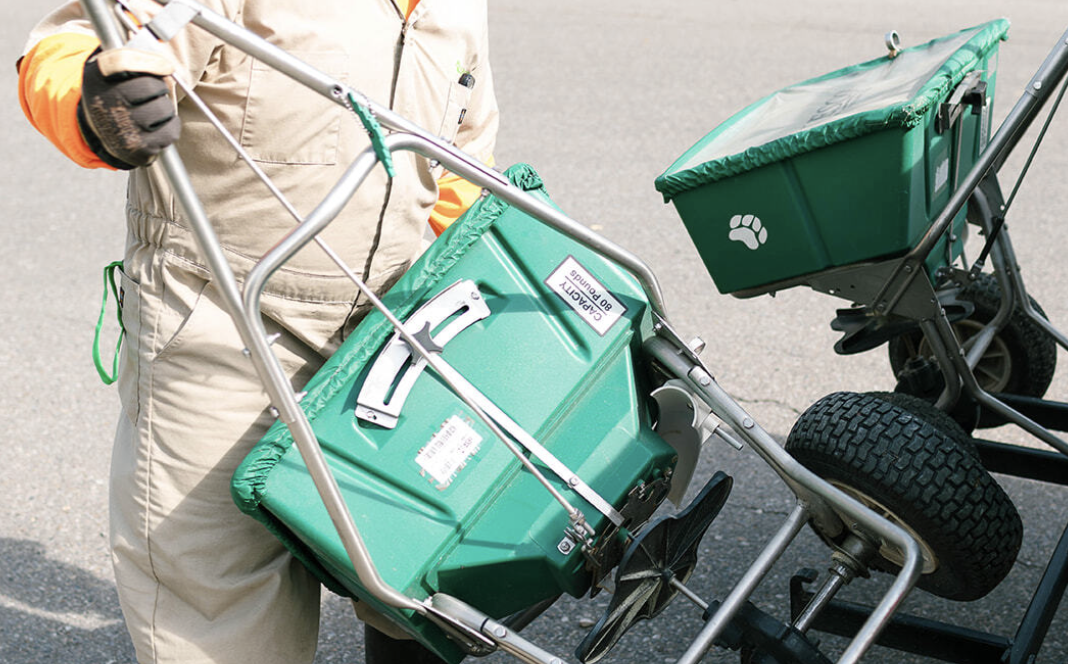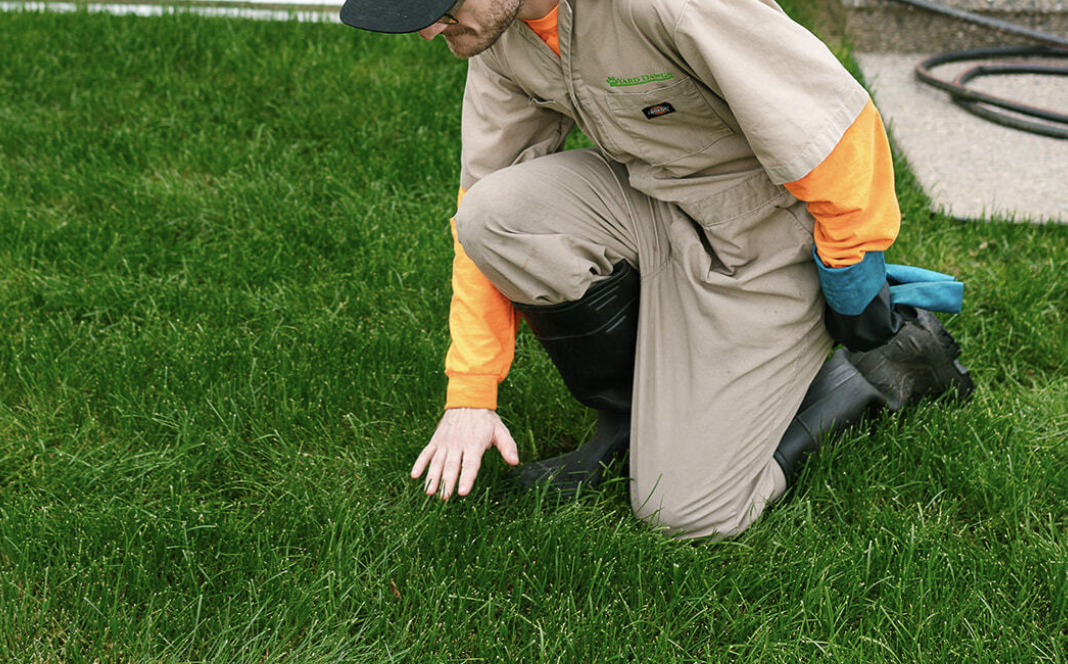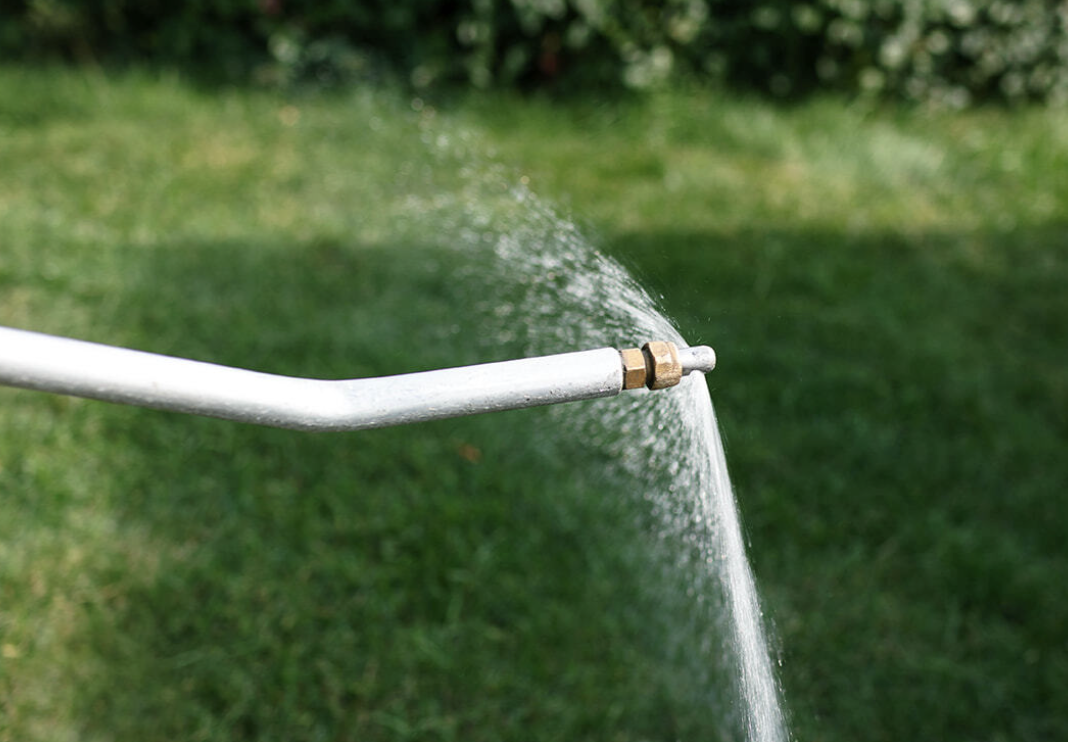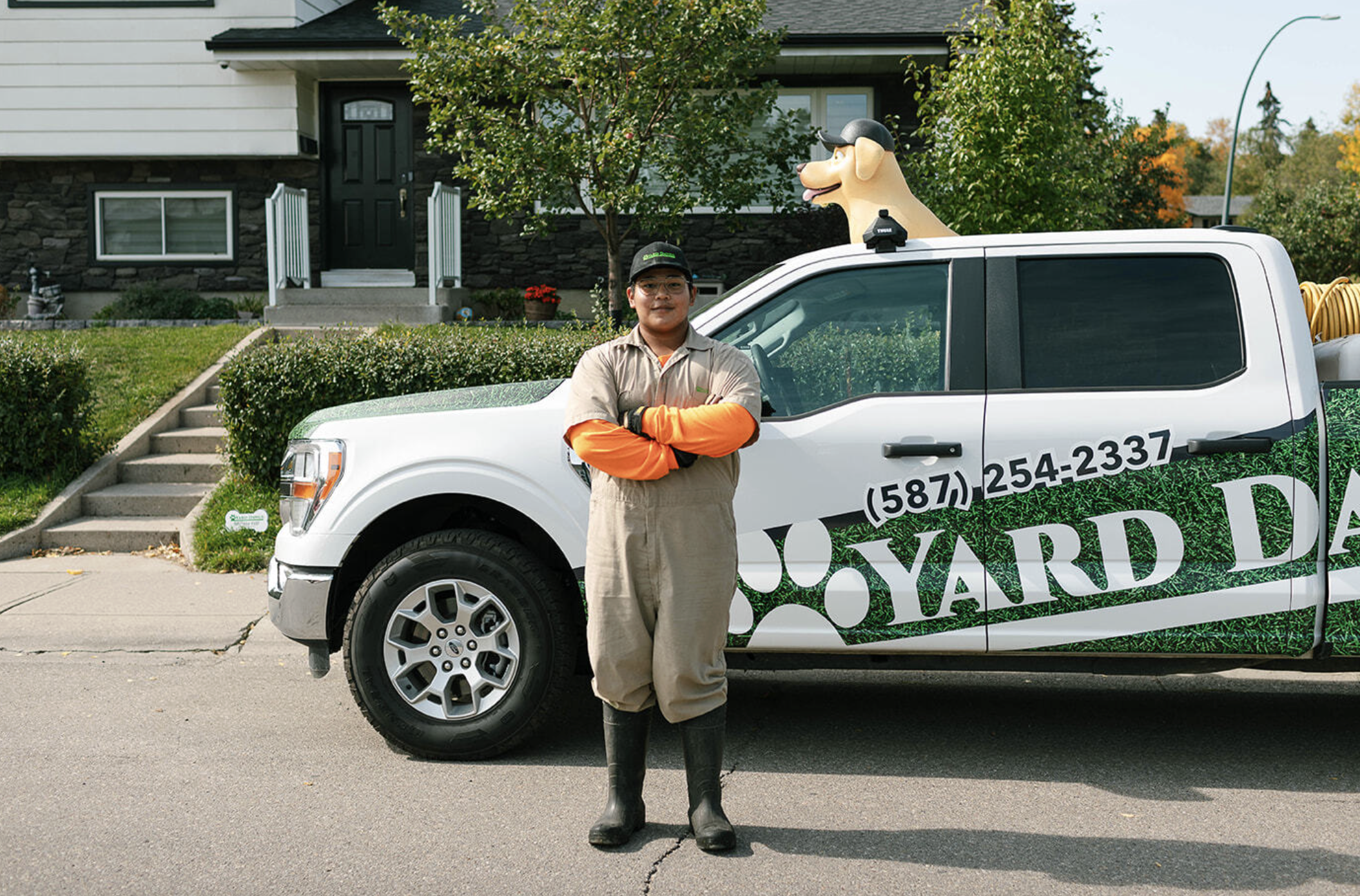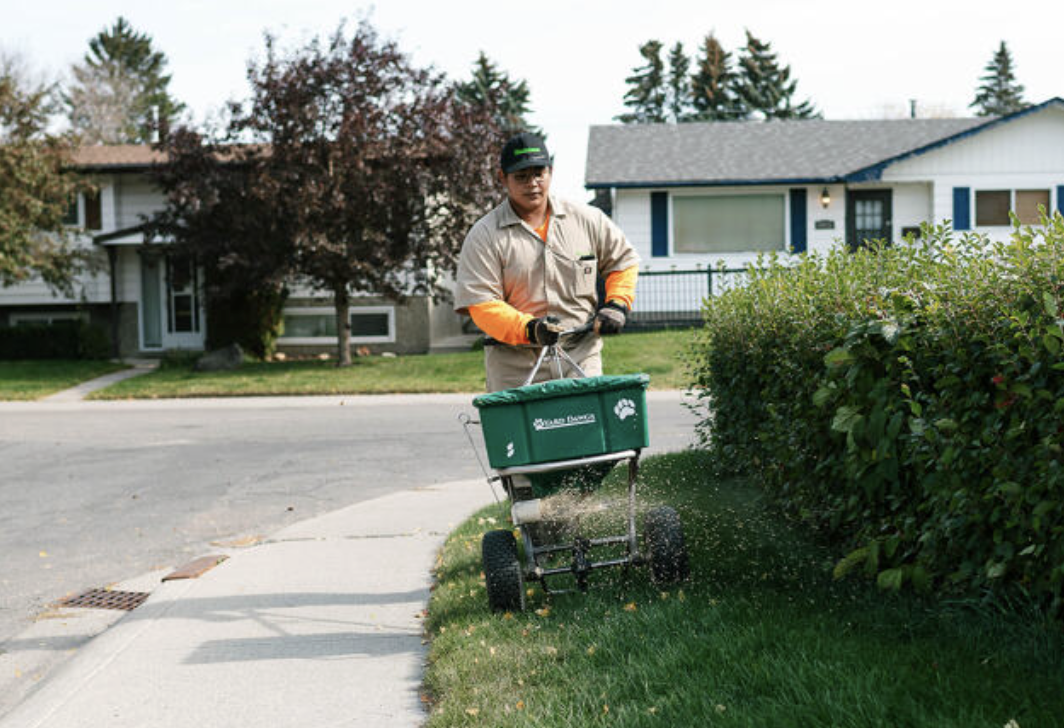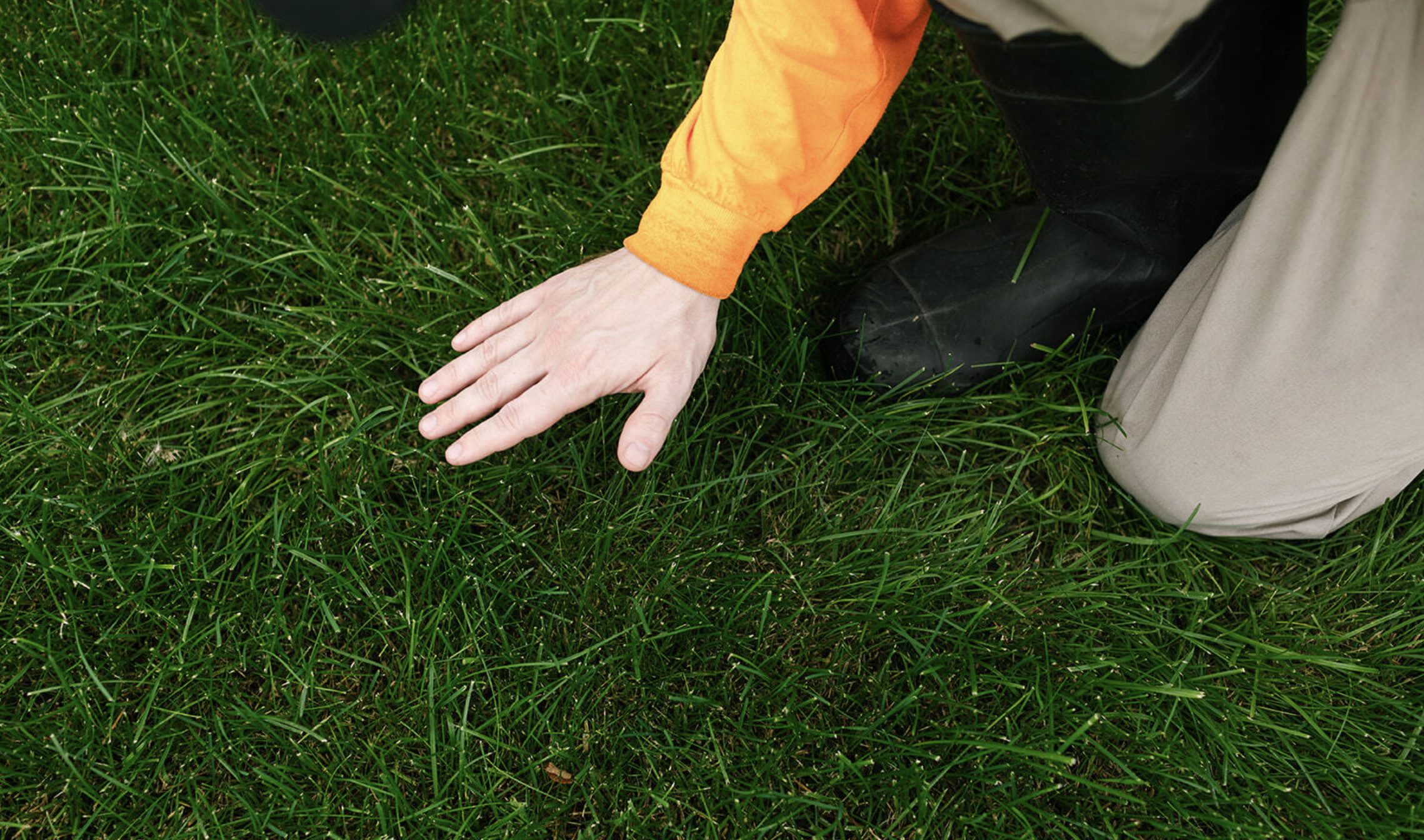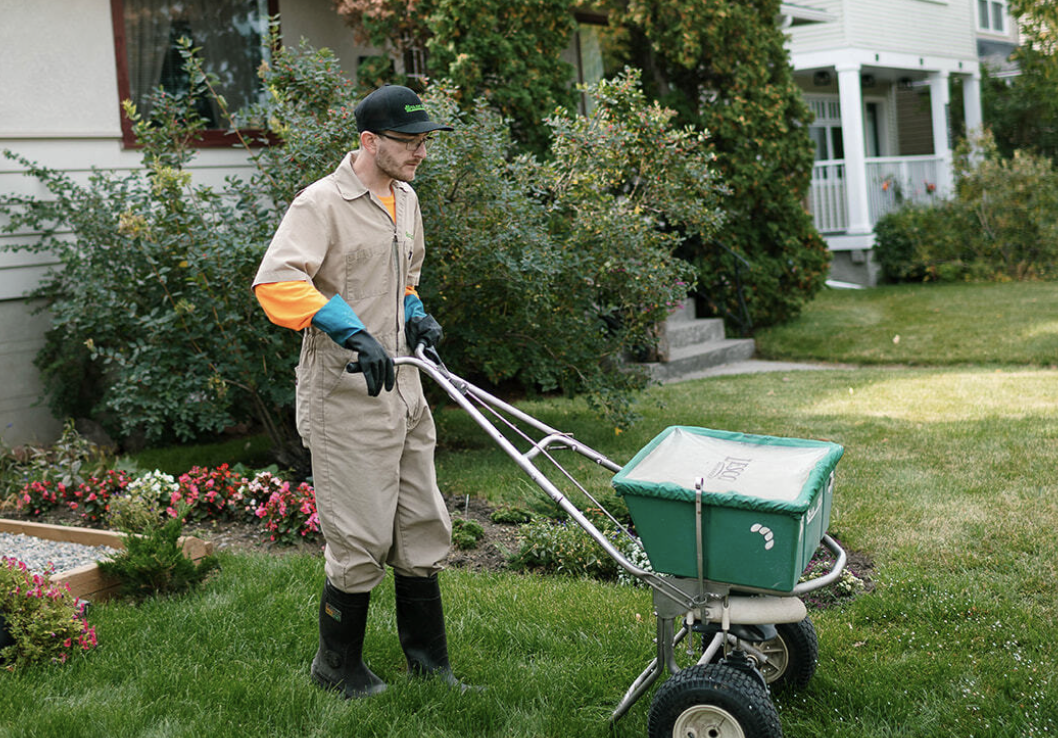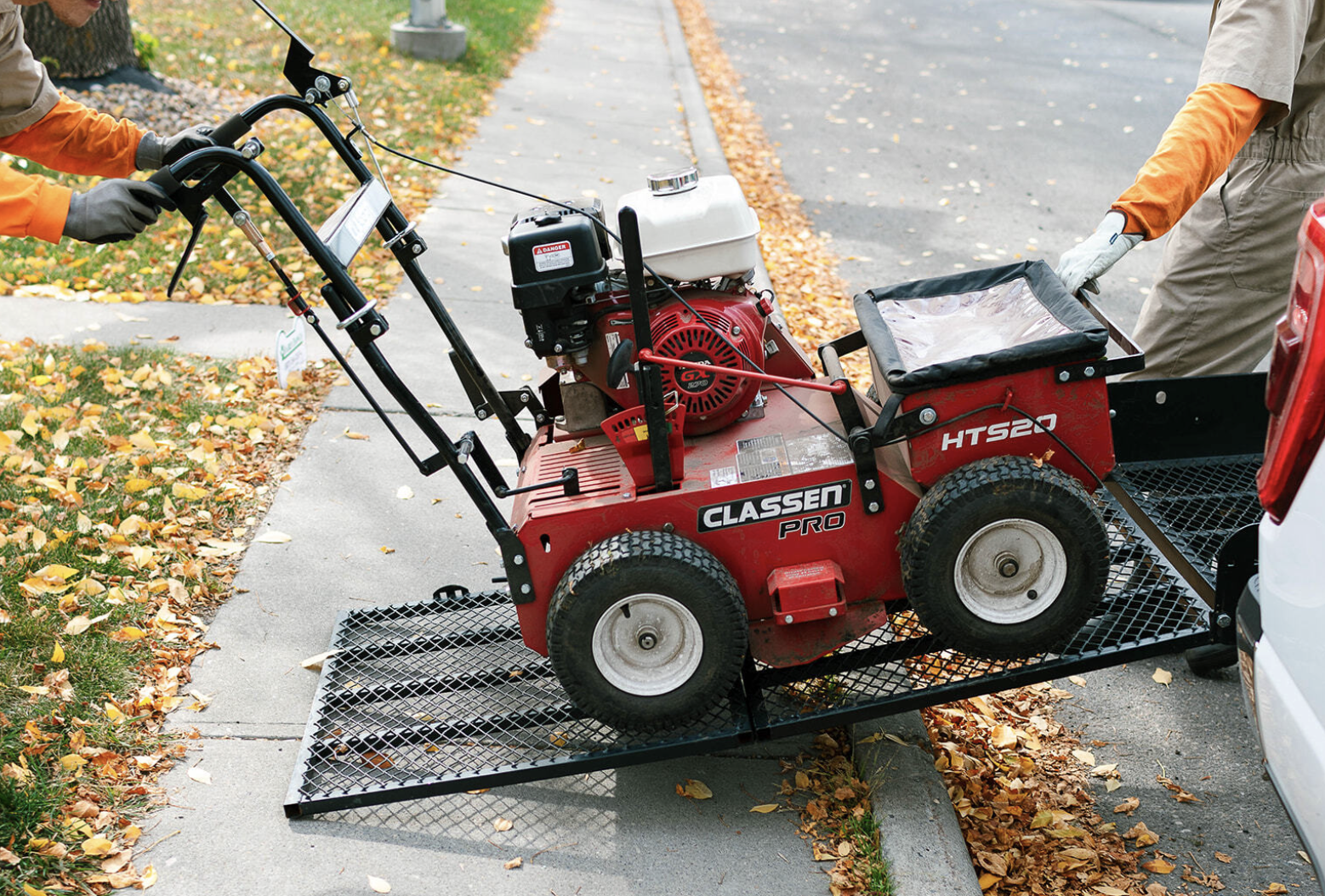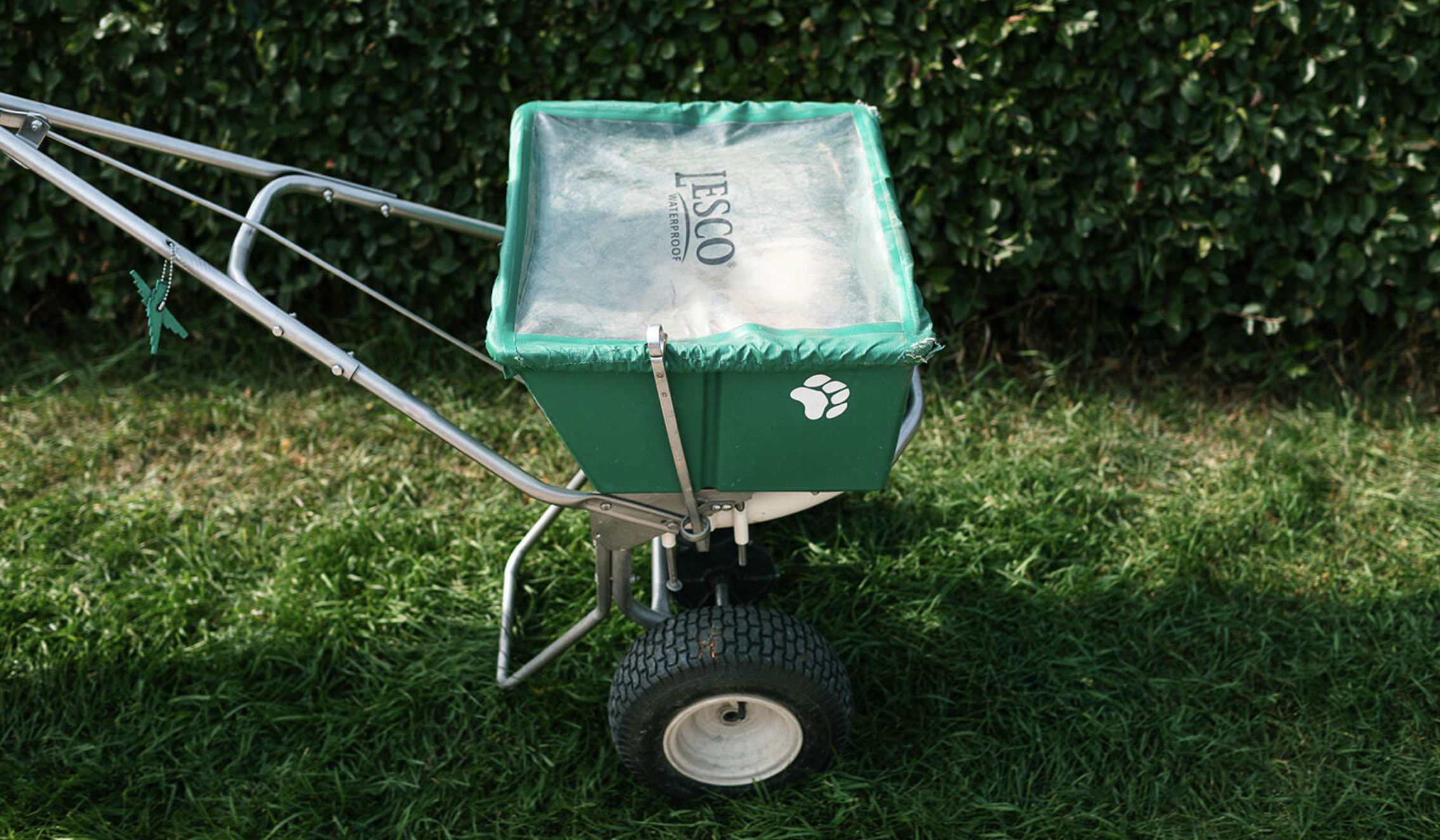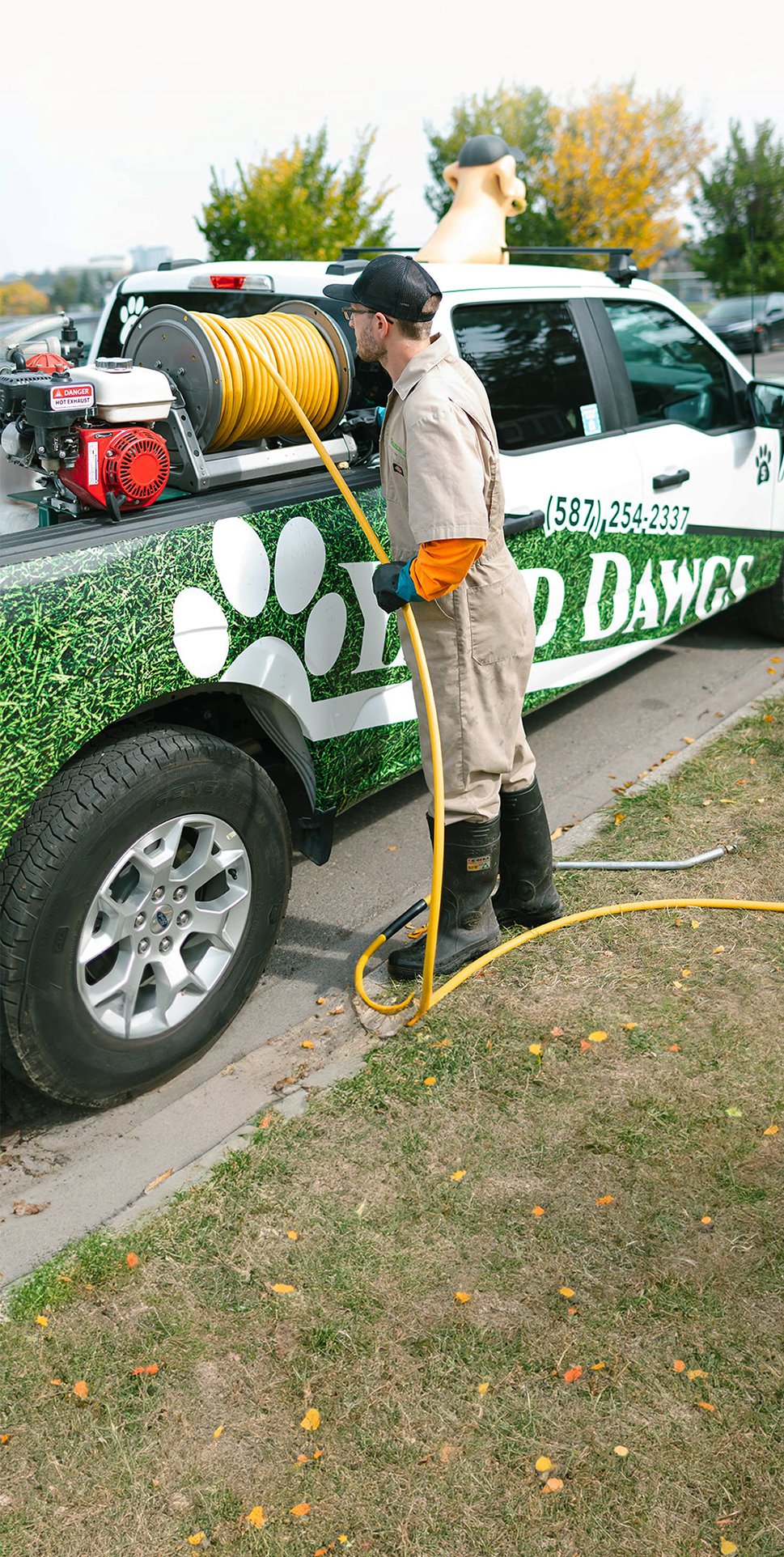Broadleaf weeds can quickly take over your lawn or garden if left unchecked. They are easier to spot than grassy weeds due to their wide leaves and distinct growth patterns.
In this guide, we’ll walk you through identifying common broadleaf weeds, preventing their spread, and applying effective control methods to keep your landscape healthy and weed-free.

What are Broadleaf Weeds?
Broadleaf weeds are a diverse group of unwanted plants that feature broad, flat leaves, often with visible veins and a variety of flower shapes. Unlike grassy weeds, they typically grow in clusters and are easily distinguishable from turfgrass, making them more noticeable in lawns and gardens.
How to Identify Common Broadleaf Weeds
Recognizing broadleaf weeds early is key to effective control. Most have distinct leaf shapes, growth habits, and flower types. Below are some of the most common species you’re likely to encounter and how to spot them.
Dollarweed
Also known as pennywort, dollarweed has shiny, round leaves about the size of a silver dollar. It thrives in moist, poorly drained soils and often spreads through underground stems.
Chickweed
This low-growing weed has small, oval leaves and delicate white flowers with five deeply lobed petals. It prefers cool, shady areas and spreads quickly in early spring and fall.
Plantain
There are two common types: broadleaf and narrowleaf plantain. Both form low-growing rosettes with parallel-veined leaves and seed spikes. They tolerate compacted soil and frequent foot traffic.
Prostrate Spurge
Prostrate spurge grows flat against the ground and has small, oval leaves often marked with a reddish spot. When broken, it oozes a milky sap and thrives in hot, dry conditions.
Clover
Clover has trifoliate (three-part) leaves and small white or pink flower heads. It’s often a sign of nitrogen-poor soil and is common in under-fertilized lawns.
Lespedeza
Also known as common lespedeza, this weed has wiry stems and trifoliate leaves with parallel veins. It grows low and spreads across warm-season lawns in late summer.
Thistle
Thistles are spiny, upright weeds with lobed leaves and purple flower heads. Once established, they grow tall and are difficult to control, often thriving in disturbed or neglected areas.
Challenges Broadleaf Weeds Cause
Broadleaf weeds are more than just unsightly. They can interfere with healthy lawn growth and signal deeper soil or care issues. Here’s how they impact your yard.
Disrupt Lawn Uniformity
Broadleaf weeds have different growth patterns, leaf shapes, and colors from turfgrass. Even a few scattered plants can disrupt your lawn's overall appearance and uniformity.
Compete for Nutrients
These weeds typically tend to steal moisture, nutrients, and sunlight from your grass. As a result, turf weakens, leading to thinning areas that are more susceptible to additional weed invasion.
Attract Pests and Diseases
Broadleaf weeds can create shelter and breeding grounds for harmful insects and pathogens, further stressing your lawn and increasing your maintenance burden.
How to Control Broadleaf Weeds
Managing broadleaf weeds takes a proactive, multi-step approach. Whether you’re aiming for organic solutions or conventional treatments, the strategies below can help you reduce and prevent infestations.
Maintain Proper Lawn Health
A dense, vigorous lawn is your best natural defense against weed invasion. Strengthen your grass with good lawn care habits:
- Mow at the correct height for your grass type
- Water deeply but infrequently to promote deep root growth
- Fertilize according to seasonal needs and soil test results
- Aerate compacted soil annually to improve airflow and drainage
Improve Soil Drainage
Weeds like dollarweed and chickweed thrive in moist environments. Address the excess moisture by:
- Fixing drainage issues or runoff areas
- Redirecting downspouts away from lawns
- Leveling low spots where water collects
- Aerating compacted soil to enhance absorption
Apply Pre-Emergent Weed Control
Pre-emergency herbicides prevent weed seeds from germinating. Use them in early spring or fall to target specific seasonal weeds.
- Apply when soil temps reach 55°F for several days
- Water lightly after application to activate the product
- Avoid disturbing the soil after treatment, which can reduce effectiveness
Spot-Treat with Selective Herbicides
When weeds are already visible, apply selective herbicides that target broadleaf species without harming your lawn.
- Choose products containing 2,4-D, MCPP, or dicamba
- Spot-treat problem areas instead of blanket-spraying
- Follow label directions carefully to avoid turf damage
- Apply during calm, dry weather to avoid drift
Keep Your Lawn Clear and Healthy
Dealing with broadleaf weeds doesn’t have to be a constant battle. With proper identification, preventive care, and timely treatment, you can keep your lawn in top shape throughout the growing season. For reliable help with weed control and a lawn care plan tailored to your yard, visit Yard Dawgs Lawn Care.


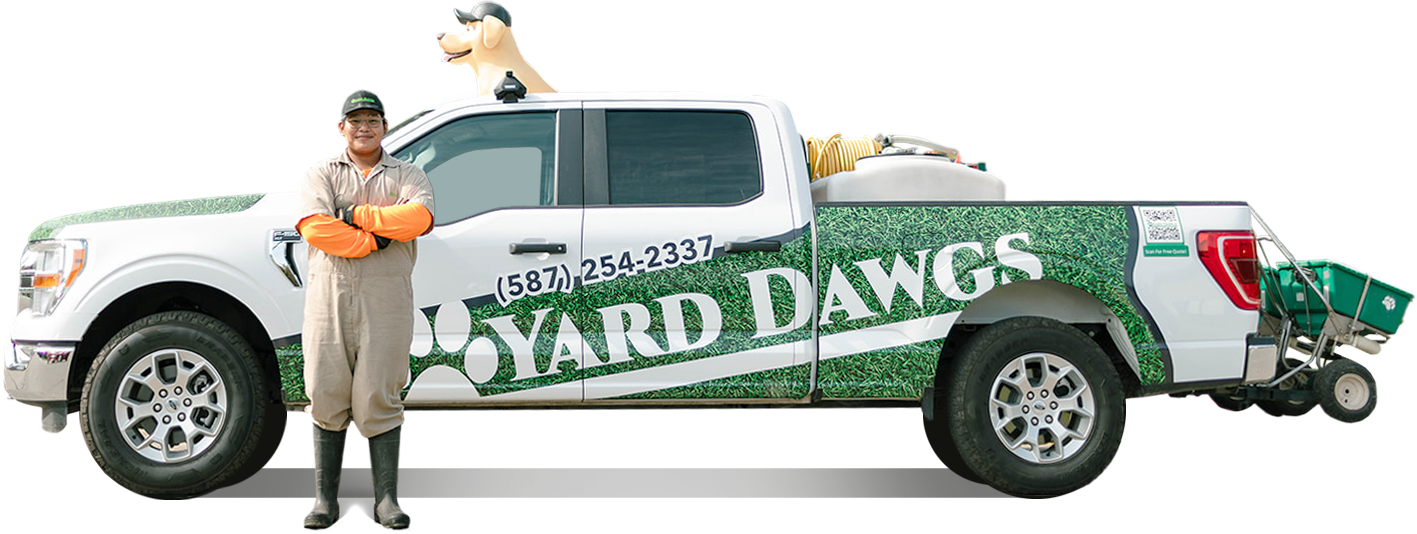


.png)
